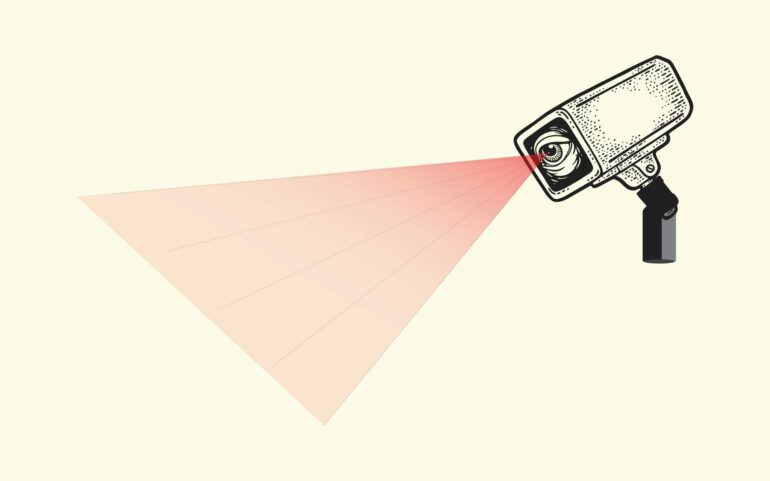The Philadelphia Inquirer recently investigated Philadelphia’s use of what it described as a “little-scrutinized, 7,000-camera system that is exposing residents across the city to heightened surveillance with few rules or safeguards against abuse.” The article detailed how Philadelphia narcotics cops not only allegedly failed to disclose their use of video surveillance in arrest reports or to prosecutors, but also that the video footage at times proved officers were lying when they testified.
The Conversation U.S. talked to Albert Fox Cahn, founder and executive director of the nonprofit Surveillance Technology Oversight Project and a practitioner-in-residence at NYU School of Law, about what these new video systems can do and the privacy and other issues they raise.
What can these cameras do?
The closed-circuit television, or CCTV, cameras most Americans pass each day may look interchangeable, but a lot has changed behind the lens in recent years. As video surveillance cameras have become cheaper and more ubiquitous, they have also grown more powerful – featuring increasingly high-definition images and the ability to pan, tilt and zoom. But the most significant change to cameras like those used in Philadelphia is the networks that police departments set up to aggregate these countless images of city residents’ daily lives.
A variety of AI tools can also harvest this data in new ways that some may find alarming.
Automated license plate reader software can both track drivers across the city in real time and create a long-term log of their cars’ movements. Want to know where a driver is now or was parked two years ago? Just check the database.
And pedestrians are no less prone to surveillance. Facial recognition software can scan images to automatically identify individuals and track them across the city.
How widespread is this technology?
According to the Inquirer’s investigation, Philadelphia’s camera network grew at an astounding pace. In the past decade, the city has gone from 216 cameras to a network of more than 7,000 cameras operated by police and transportation officials.
But those are just the cameras that city officials directly control and can access in real time.
In addition, police routinely turn to the images captured by private surveillance cameras. This includes everything from multimillion-dollar, internet-enabled camera systems at large stores, offices and universities to the individual cameras that homeowners or small-business owners screw into their door frames or exteriors. The public simply has no idea how many of these private cameras are in operation or how often their data is requested.
How is this different from traditional police video surveillance?
Traditional cameras offered a narrow, grainy perspective on a single fixed place. These systems not only collected much less data than contemporary cameras, but they also retained far less.
A single CCTV camera at a bank might help…



